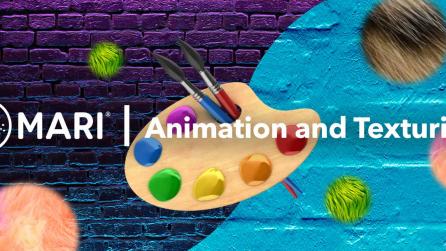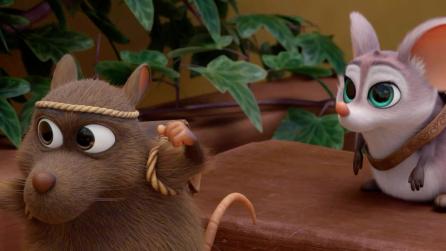How the UTS Animal Logic Academy created an animated short with Mari
With just 30 weeks to produce an animated short film, the UTS Animal Logic Academy turned to 3D texture painting tool Mari. Not just because of its easy-to-use node-based workflow, Katana integration, and USD capabilities, but also because of the vital support provided by the Foundry team.
The Academy is a collaboration between the University of Technology Sydney (UTS) and one of Australia’s leading animation studios, Animal Logic. Offering a range of programs in 3D animation and visual effects, the Academy is run like an animation studio, giving students a full professional experience in their chosen specialism to prepare them for a future career in the industry.
The Academy’s student films have won awards at various national and international film festivals, while many graduates have gone on to work at top VFX studios including ILM, DNEG, and of course, Animal Logic.
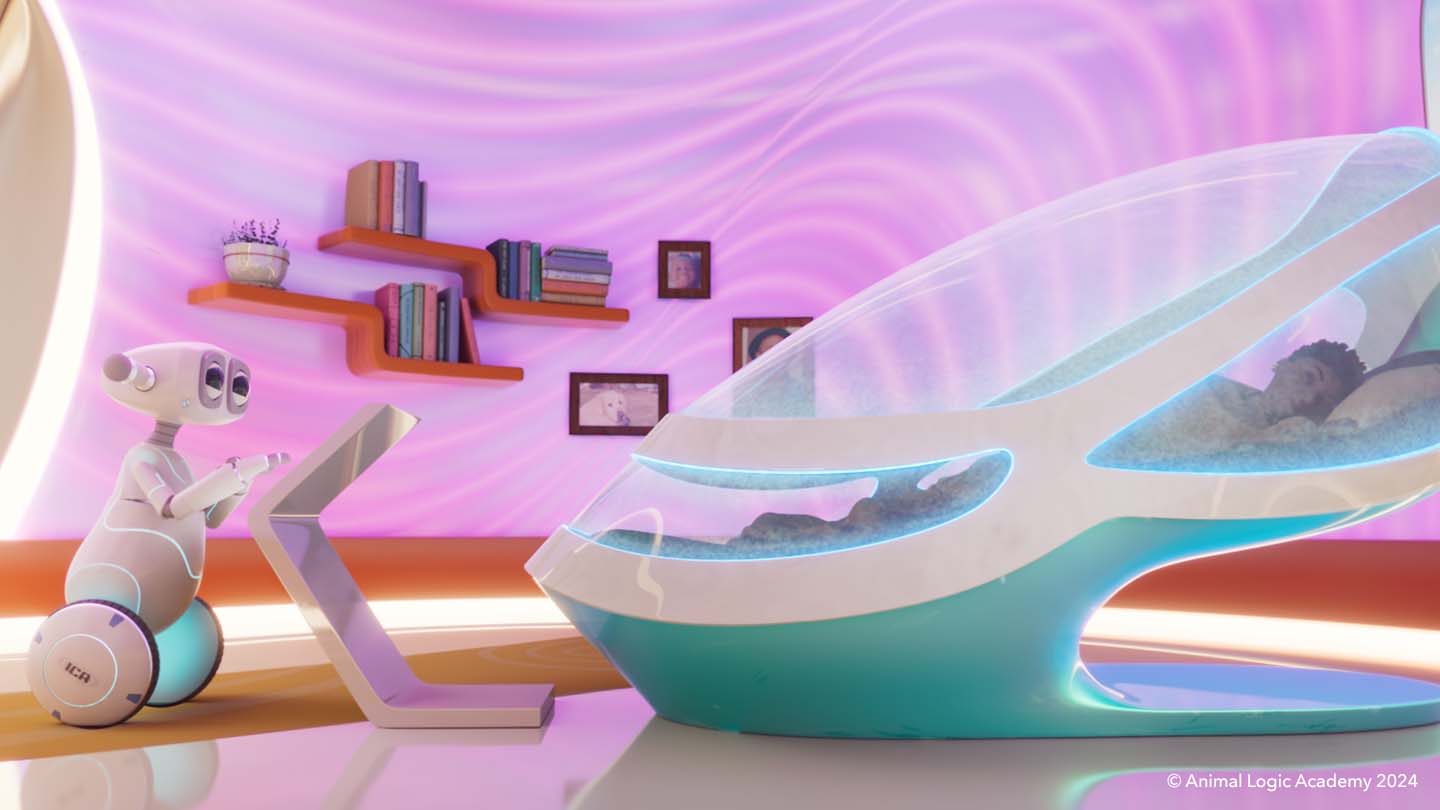
Mari was the obvious choice for the Academy for a number of reasons. “Being a Linux/USD-based studio, we needed surfacing software that integrates with our OS and pipeline,” explains Ross Anderson, CG Lead at UTS Animal Logic Academy. “Having a preset material for Pixar’s RenderMan was also a big help for us.”
Mari proved especially vital for one of the Academy’s most recent student projects, animated short Alone. Created by the Master of Animation and Visualisation 2023 students, the 3D animation tells the story of a solitary robot diligently tending to its daily tasks on a lengthy space voyage while the human crew is in hibernation. Feeling lonely, the small android begins to build itself a companion using spare parts, but naturally things don’t go according to plan.
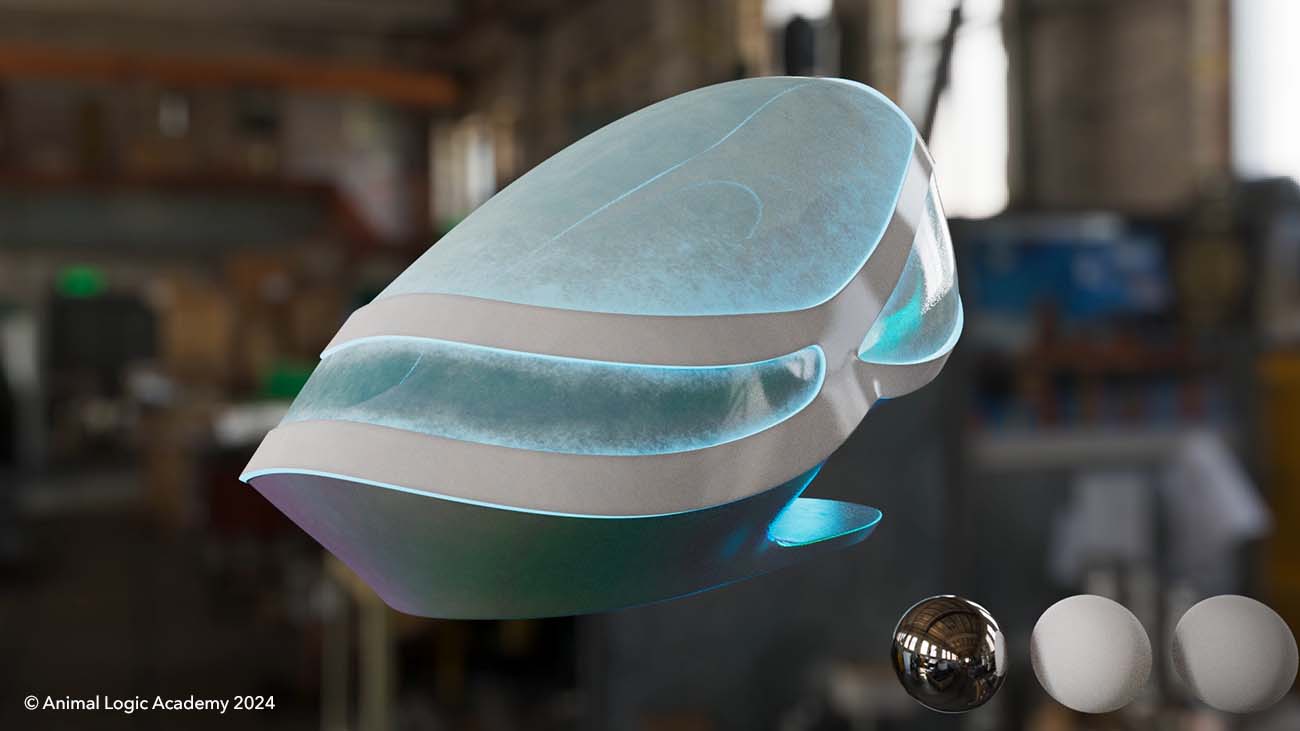
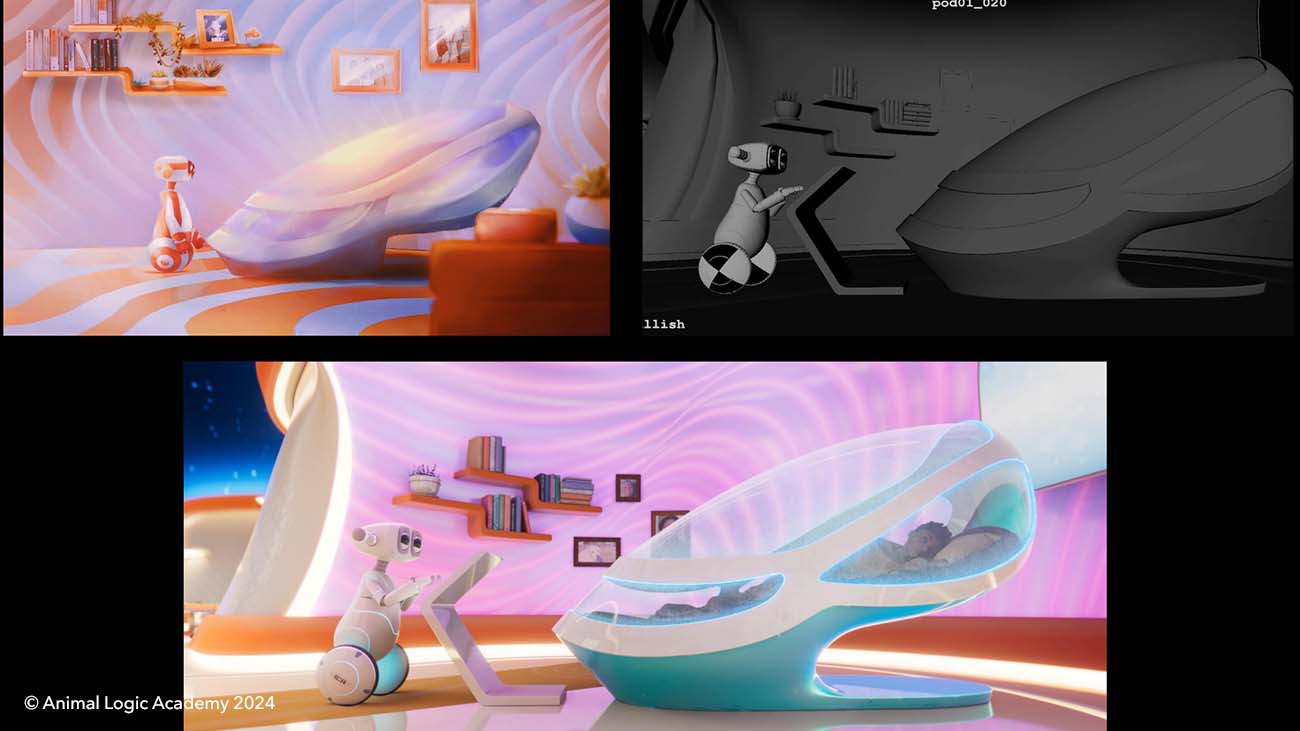
Creating animated short Alone
The students developed the story collaboratively then worked in specialised departments — including Art, Modeling, Rigging, Animation, Previs/layout, Surfacing, Effects, Lighting, Compositing, Technical Direction, and Production Coordination — to bring it together in just 30 weeks. This time limit is the duration of the Academy’s 1st and 3rd terms, with the students spending the second term working on a separate ‘emerging technologies’ project.
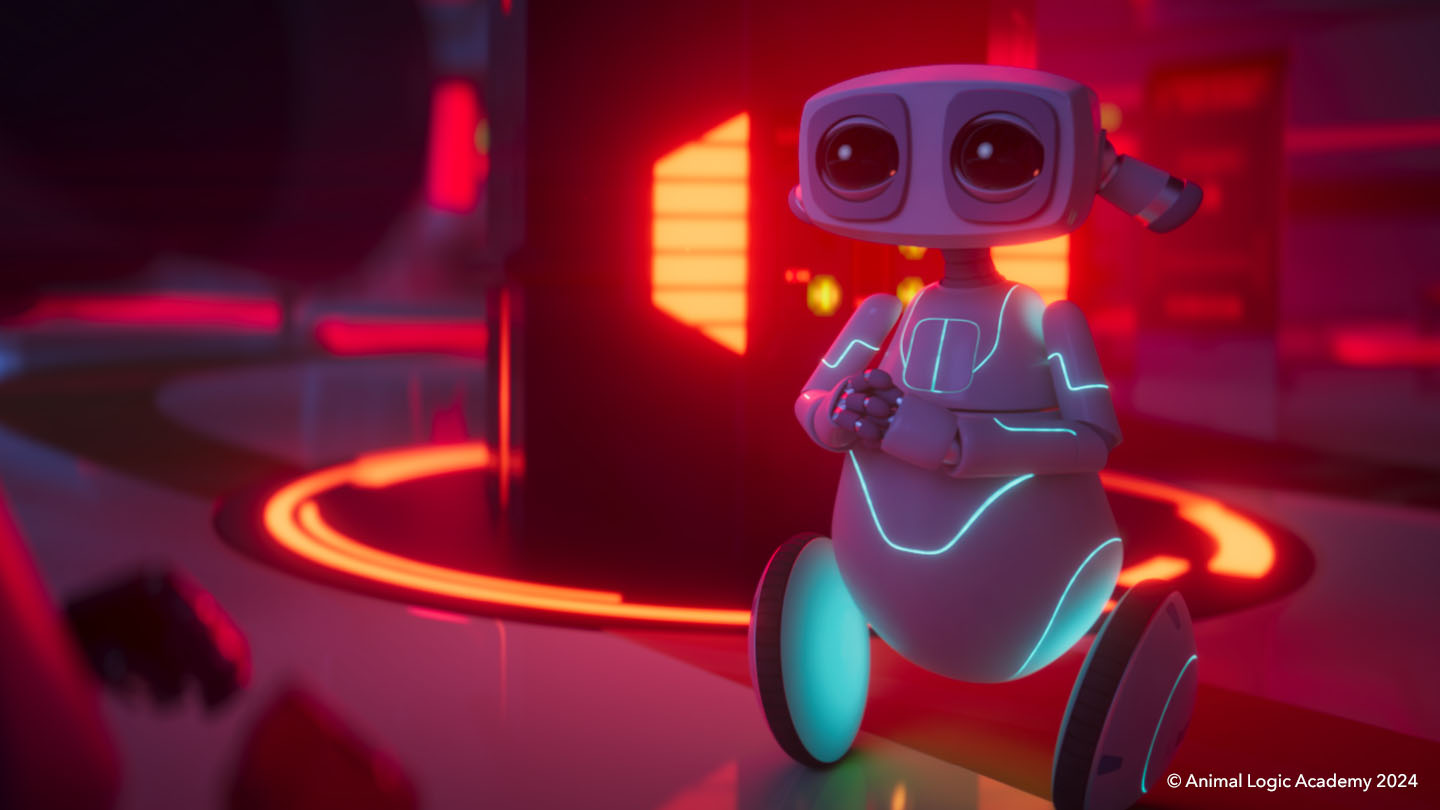
The project featured 10 modeling students and one surfacing student using Mari asset texturing and shader setup, before the team finalized the LookDev in Katana. With 190 assets to surface — including two characters, seven sets, 16 props, and 176 set pieces — each student used Mari to texture and surface around 10–15 assets each. In order to produce the film in the given time, students had around 6–8 weeks to become proficient with Mari.
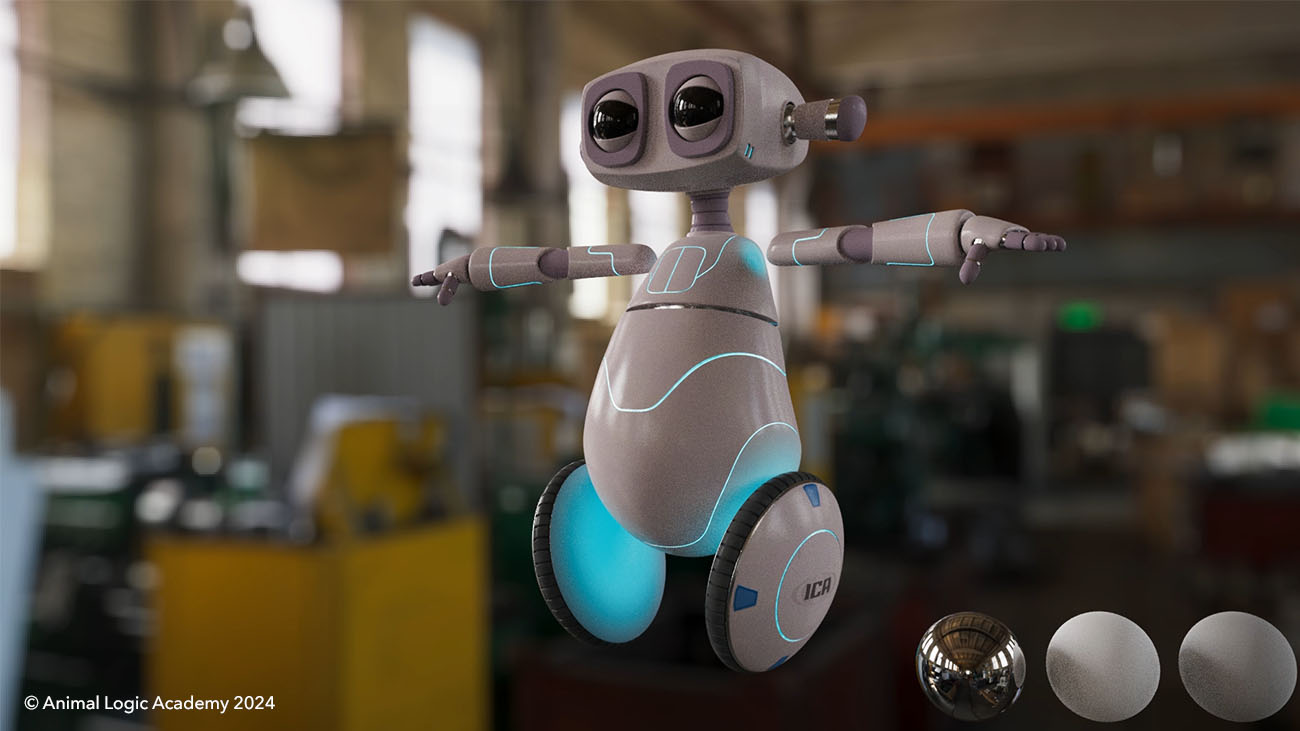
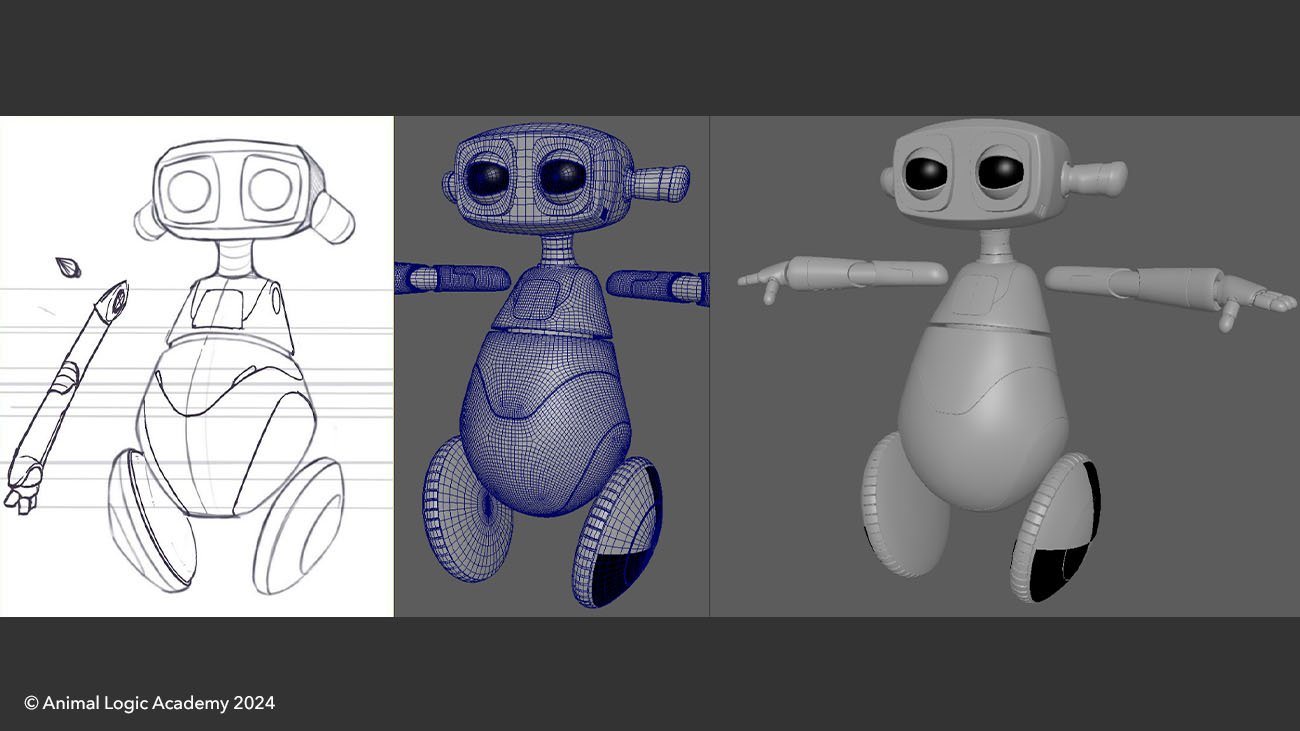
Support from the Foundry team
“Initially, we used a lot of the Foundry Learn resource tutorials to get students up to speed with the Mari workflow as quickly as possible,” says Ross. “We then had an industry mentor from Animal Logic working with the students preparing assets for the film.”
What’s more, to help the Academy to get up and running with Mari, Foundry set up a virtual masterclass with BeomHee Lee, Senior Creative Specialist — Korea & South East Asia.
“The Foundry masterclass was great as it was based around demonstrating solutions to questions raised by the surfacing team before the session,” says Ross. “They were then also able to ask additional questions and the trainer could answer on the fly.”
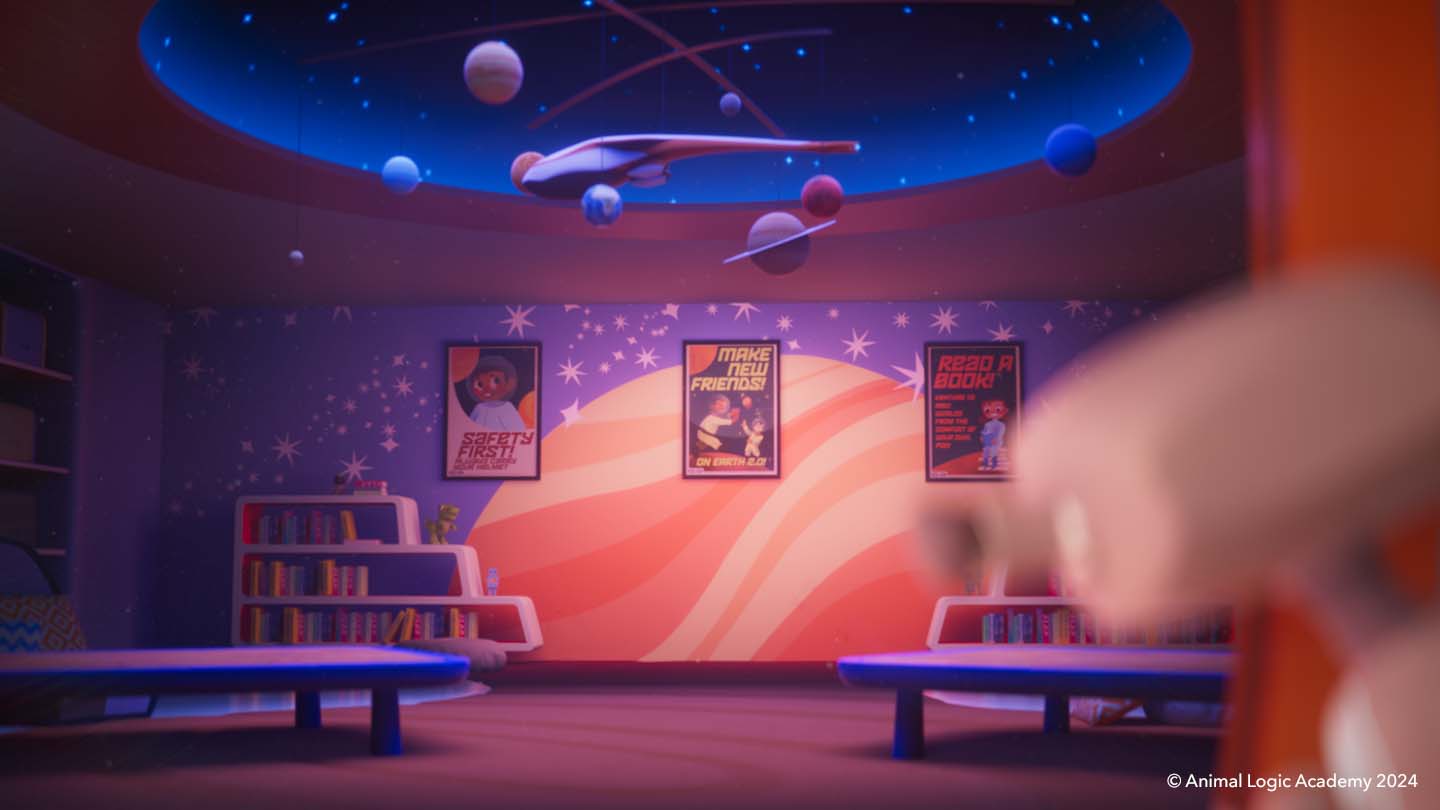
Building a robot world with Mari
As well as Mari’s node-based workflow bringing efficiency to the project, the software’s integration with Katana and USD capabilities were also key benefits for the student artists.
“With the USD integration we could have a fast turnaround, from texturing updates to a full LookDev turntable render, with just a few clicks,” says Ross.
The USD pipeline for Mari and Katana was developed by the Academy's Technical Director, Jonah Newton.
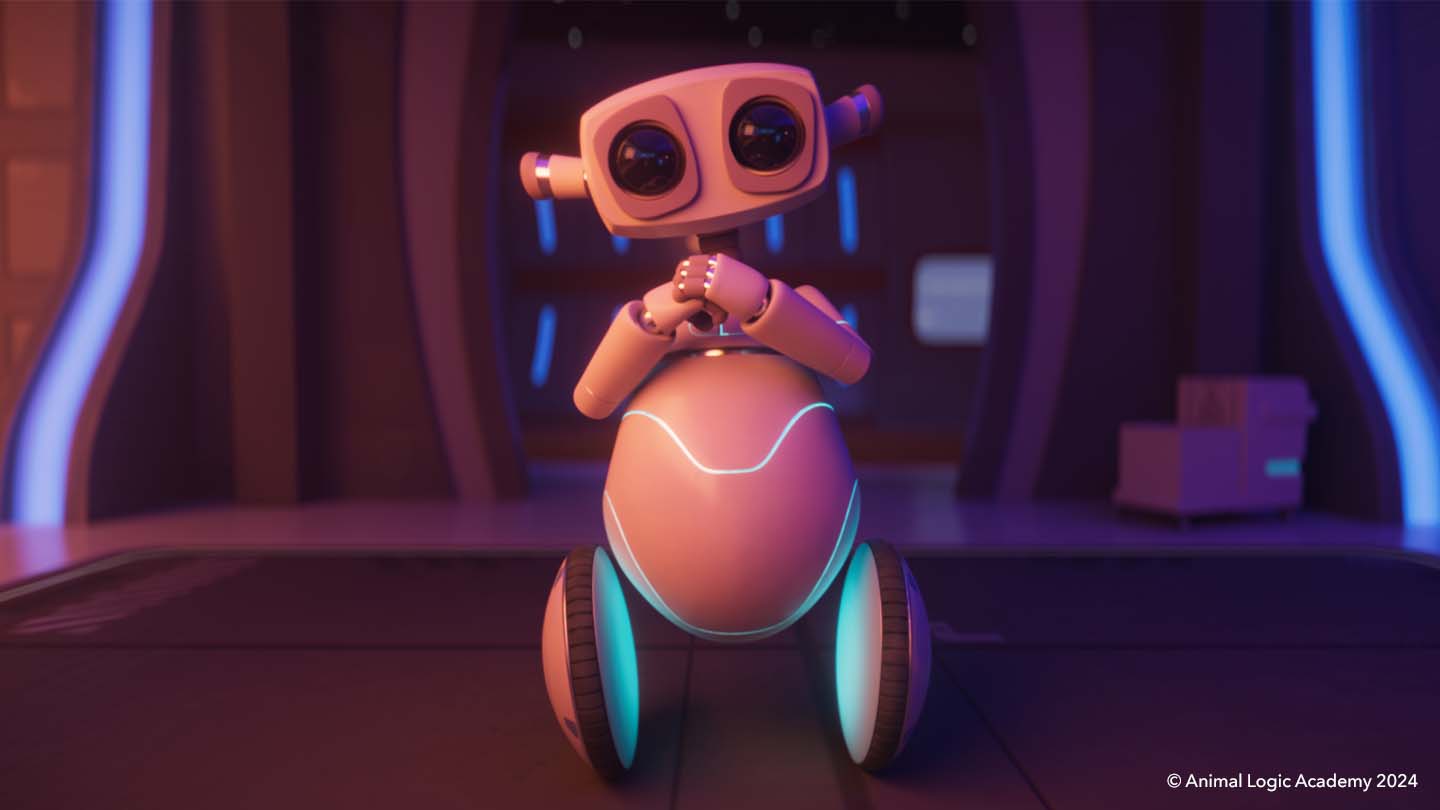
The team found Mari’s Teleport nodes — which are designed to help declutter your node graph by transmitting data across hidden connections — particularly useful in creating neatly laid-out graphs and promoting reusability of setups.
To help support the story, the team also used Mari to add visuals created by the Art department, such as posters and wall murals. As the artists were able to use these at high resolution in Mari, it meant that they could maintain all of the crisp texture detail.
How Mari helped to solve challenges
One of the biggest challenges on Alone was creating the minimalist aesthetic, where a lot of the shading was very subtle. The team had to find ways to keep it interesting without resorting to detailed texturing. Textures and shading needed to respond well to lighting, which is where the artists had the opportunity to create visual interest in their shots.
“Having the RenderMan shader setup in Mari was a huge help for artists to visualize how the texturing would look before it was rendered in Katana,” says Ross. “Procedural nodes, such as Noise and Cloud, were also helpful in creating subtle surface breakup.”
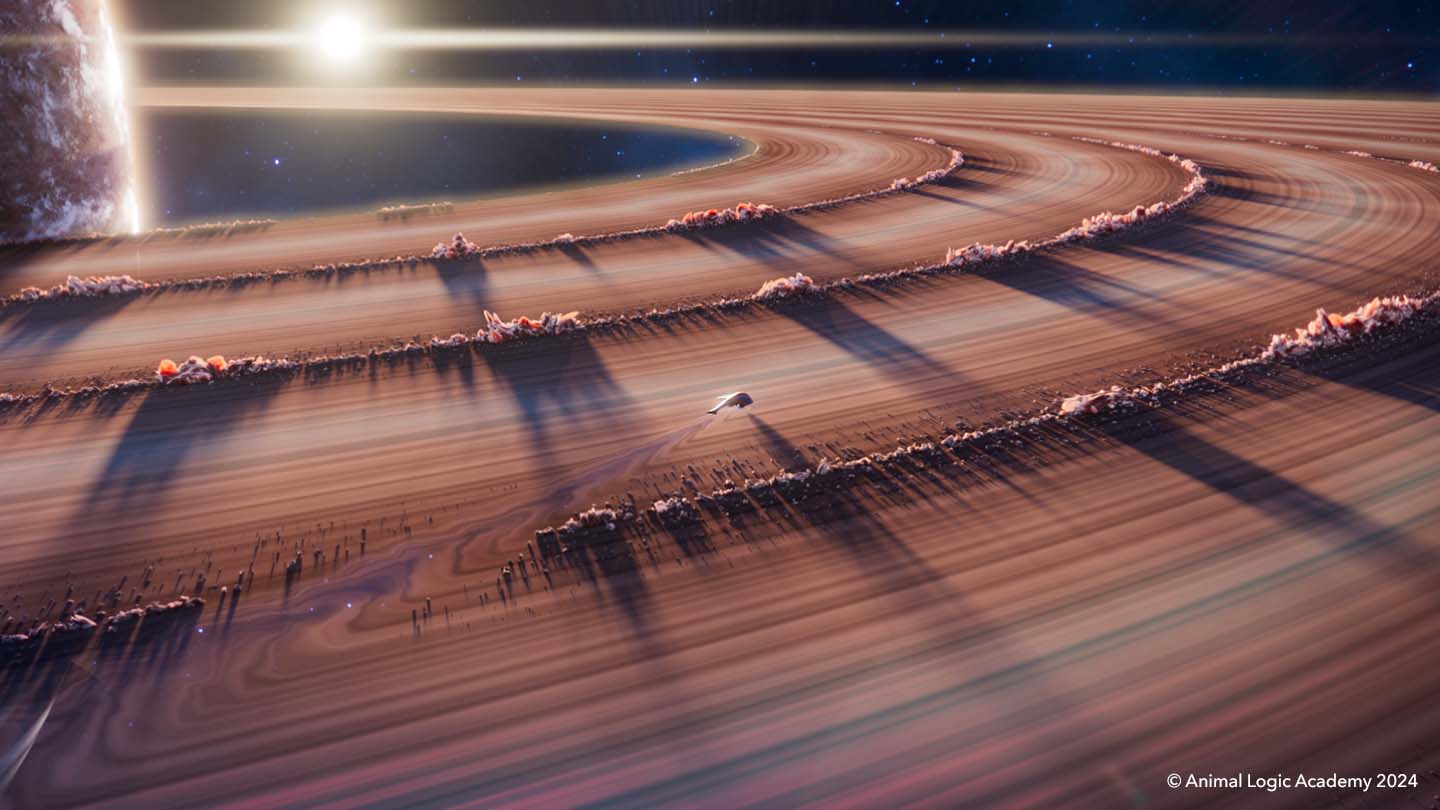
Mari’s highly efficient node-based workflow played a key role in helping the artists to deliver the project on deadline. As they were able to integrate with USD, Katana, and RenderMan, the team was able to save a lot of time with the shader setup for final LookDev. Replacing the Katana .klf files with USD resulted in a big breakthrough in efficiency and setup, while the USD export feature also proved to be a valuable addition to the Mari toolset.
The result is a short animated film produced to the highest industry standards, within the given time frame. Following the successful completion of Alone, the Academy plans to keep on using Mari and Katana in future animation projects. “We’ll continue to develop and optimize our USD workflow from Mari to Katana,” says Ross.
Interested in trying out Mari with your students? Check out our 30-day free trial.
